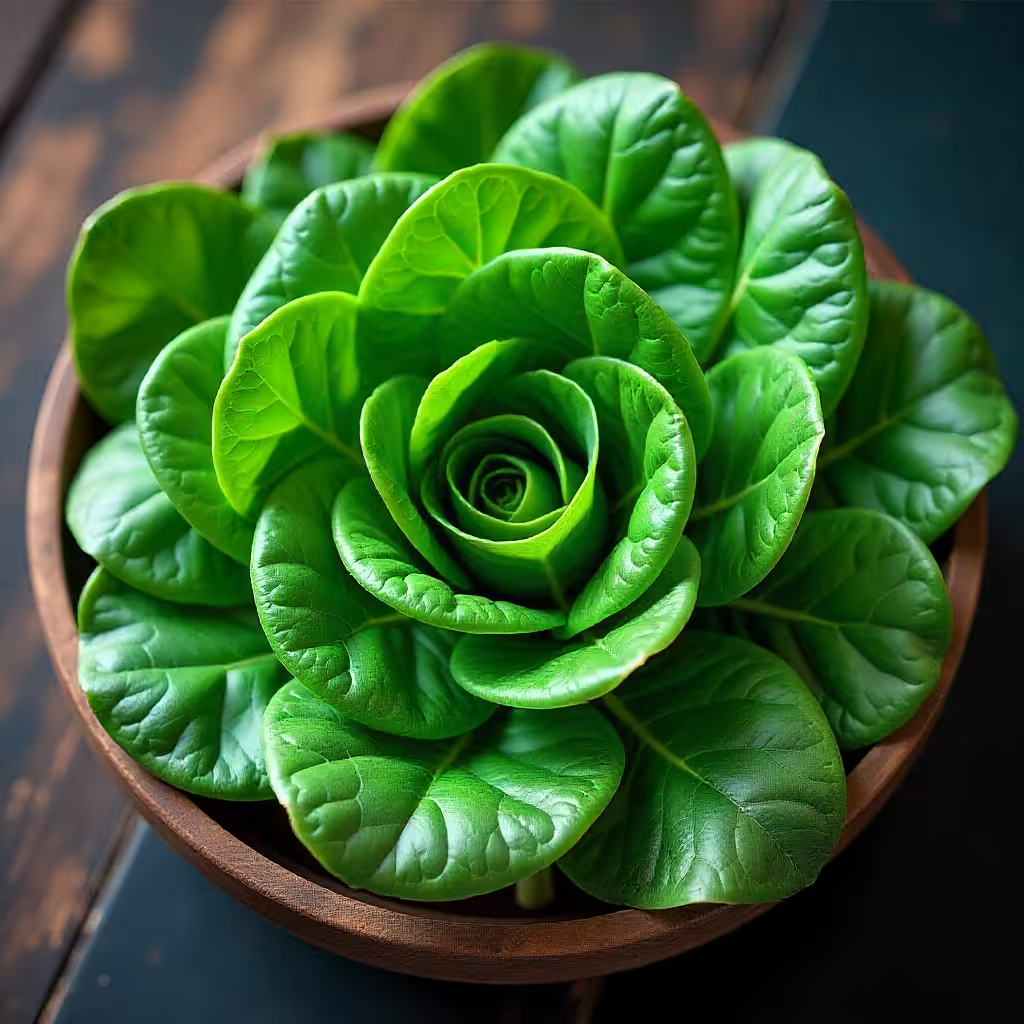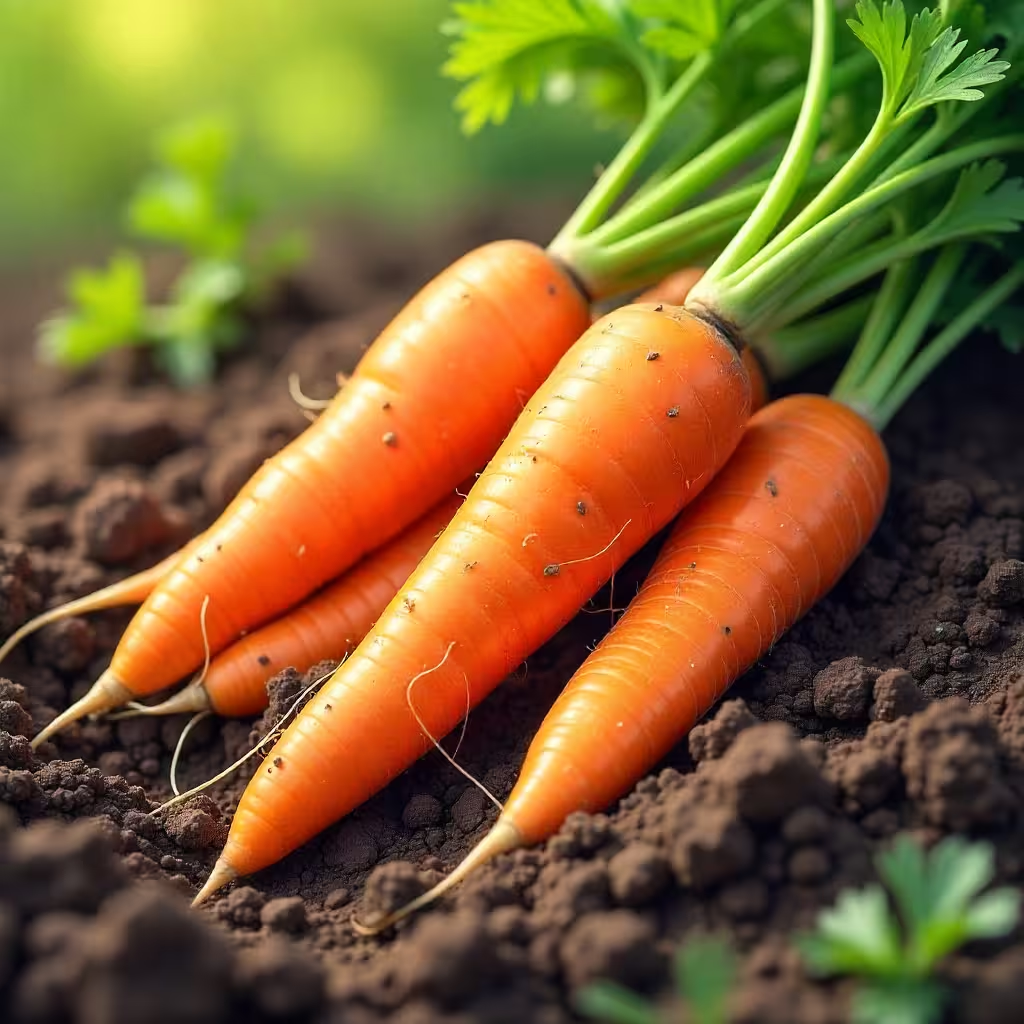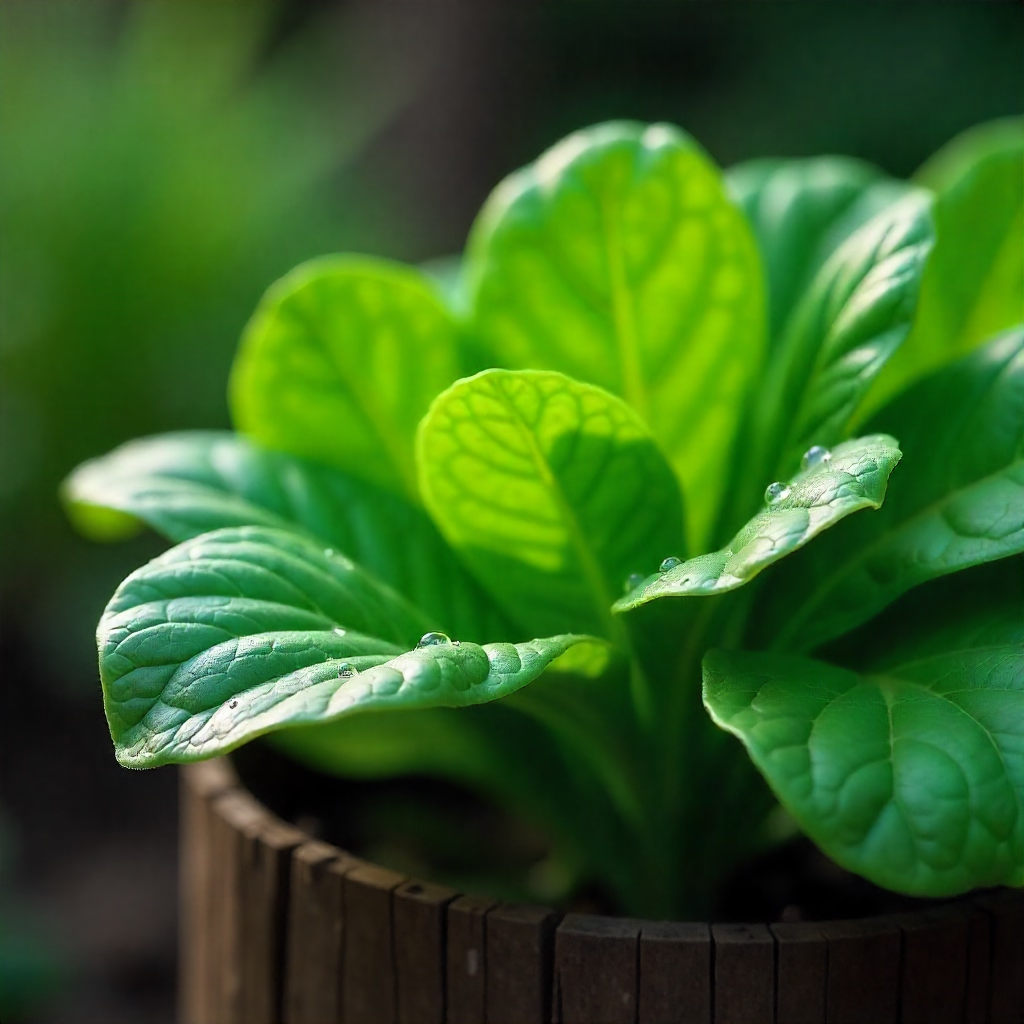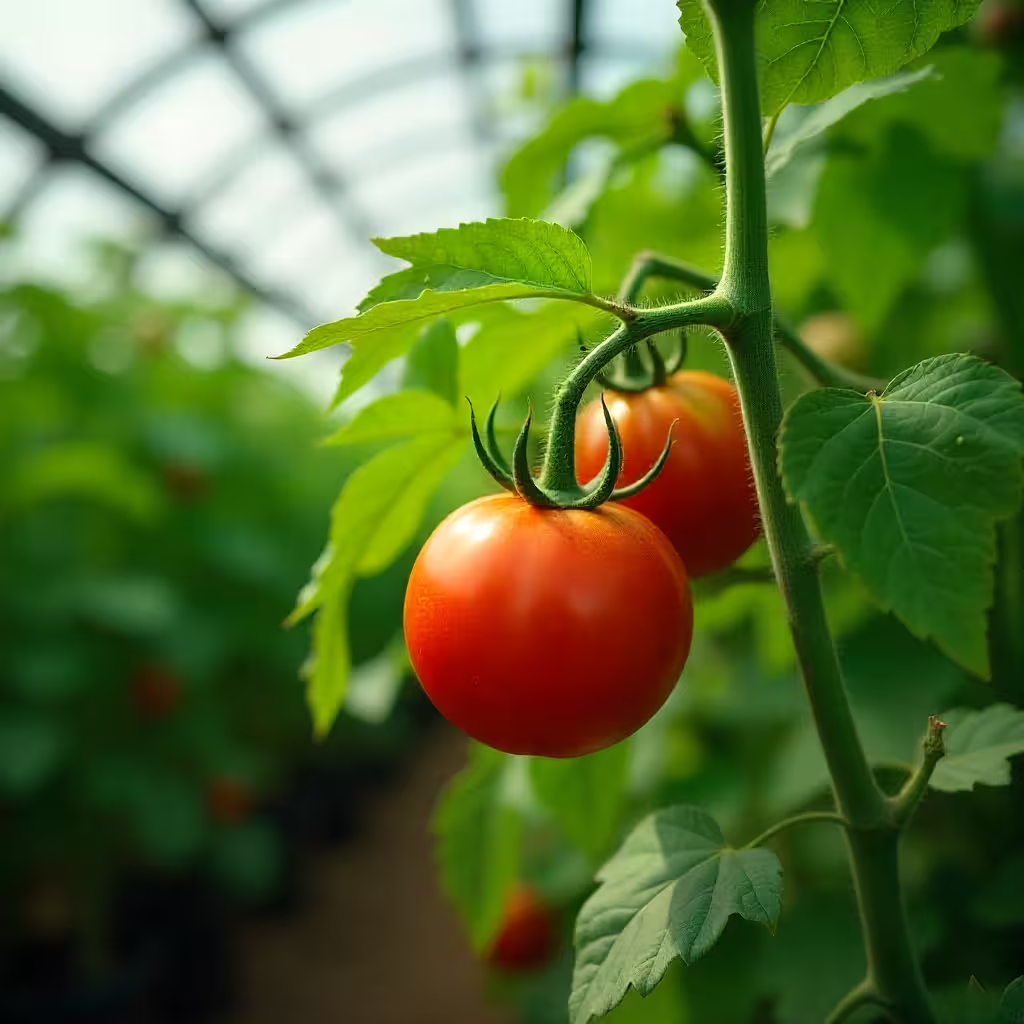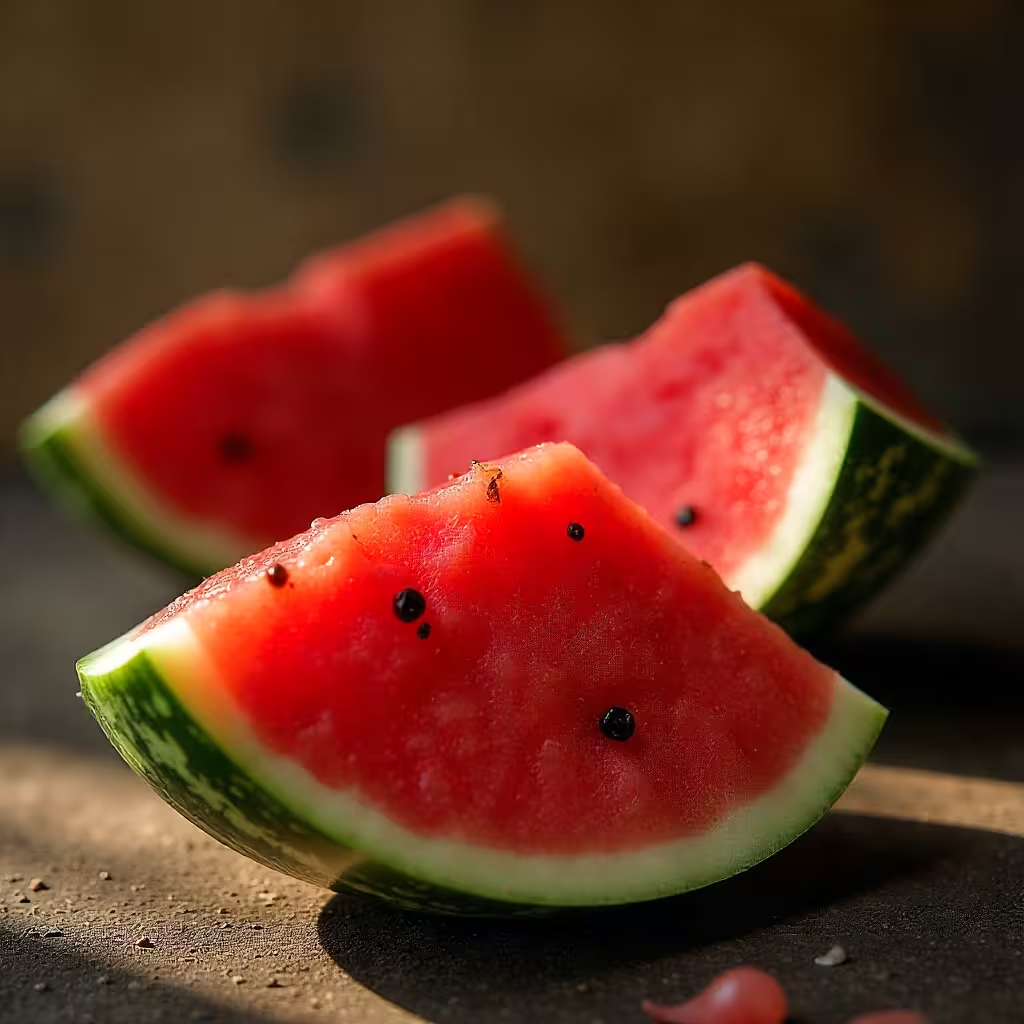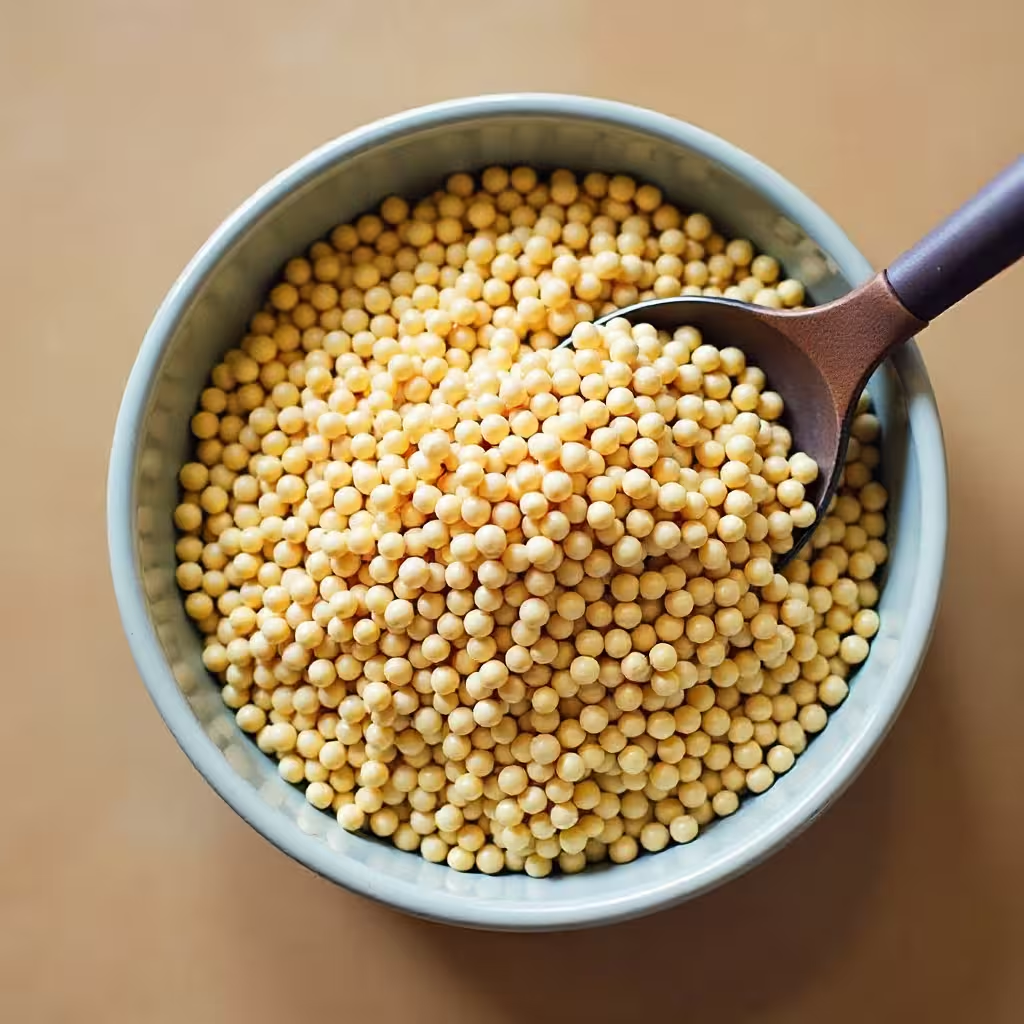Spinach: The Ultimate Brain-Boosting Superfood
Spinach stands as one of nature's most powerful brain-protecting vegetables, packed with an extraordinary array of nutrients that support cognitive function, memory, and long-term neurological health. This leafy green powerhouse contains exceptionally high concentrations of brain-essential nutrients including folate, vitamin K, lutein, beta-carotene, and nitrates that work synergistically to protect and enhance brain performance throughout life. The cognitive benefits of spinach are backed by extensive scientific research, with studies demonstrating that regular consumption can significantly slow age-related mental decline and preserve memory function well into old age.
Spinach's impressive vitamin K content—providing over 180% of daily needs in just one cup of raw leaves—plays a crucial role in brain health by supporting the synthesis of sphingolipids, a type of fat that's densely concentrated in brain cell membranes. These fats are essential for the structural integrity of neurons and the rapid transmission of electrical signals between brain cells. Research has shown that individuals with higher vitamin K intake demonstrate better memory and cognitive status, particularly as they age. The vitamin K in spinach also has anti-inflammatory properties that protect brain tissue from damage and may reduce the risk of Alzheimer's disease.
The folate content in spinach is particularly vital for brain health, as this B-vitamin is essential for the production of neurotransmitters including serotonin, dopamine, and norepinephrine—the chemical messengers that regulate mood, motivation, attention, and cognitive processing. Folate deficiency has been directly linked to cognitive impairment, depression, and increased risk of dementia. Spinach provides approximately 58% of the daily folate requirement in just one cup of cooked leaves, making it one of the richest plant sources. Furthermore, folate works to reduce homocysteine levels in the blood; elevated homocysteine is toxic to brain cells and associated with brain atrophy, cognitive decline, and increased dementia risk.
Spinach contains powerful antioxidants including lutein and zeaxanthin—carotenoids that not only protect eye health but also accumulate in brain tissue where they combat oxidative stress and inflammation. Research published in major neuroscience journals has demonstrated that older adults with higher lutein levels in their brain tissue show cognitive performance comparable to people decades younger. These antioxidants protect neurons from free radical damage, preserve the integrity of brain cell membranes, and maintain efficient neural communication. The nitrates in spinach convert to nitric oxide in the body, improving blood flow to the brain and ensuring optimal delivery of oxygen and nutrients to brain tissues, which is essential for maintaining sharp mental function and processing speed.
The magnesium in spinach supports brain health by regulating neurotransmitter function and protecting against excitotoxicity—a process where nerve cells are damaged by excessive stimulation. Magnesium also plays a role in neuroplasticity, the brain's ability to form new neural connections throughout life, which is fundamental to learning and memory formation. Additionally, spinach provides iron essential for oxygen transport to the brain, vitamin E that protects brain cells from oxidative damage, and numerous polyphenols with neuroprotective properties. The combination of these nutrients creates a comprehensive brain protection system, with epidemiological studies showing that people who consume leafy greens like spinach daily experience cognitive decline rates that are 11 years younger than those who rarely eat these vegetables.
Featured Content

Spinach is one of the most versatile vegetables globally, prepared in countless ways that preserve its nutritional benefits while creating delicious dishes. Fresh baby spinach is commonly eaten raw in salads, providing maximum nutrient retention and a tender, mild flavor that pairs well with various dressings, nuts, and fruits. Steaming spinach for 1-2 minutes is an excellent preparation method that maintains nutrients while reducing volume, making it easier to consume larger quantities—one pound of fresh spinach reduces to about one cup when steamed. Sautéing spinach quickly in olive oil with garlic is a popular method worldwide, creating a flavorful side dish in just minutes while the healthy fat enhances absorption of fat-soluble vitamins. Blanching spinach in boiling water for 30 seconds followed by an ice bath preserves its vibrant green color and is commonly used in preparations where spinach will be further incorporated into dishes. Adding spinach to smoothies has become extremely popular globally, as the mild flavor disappears when blended with fruits while delivering exceptional nutrition. Spinach can be incorporated into soups, curries, pasta dishes, omelets, and casseroles, wilting quickly and adding nutrients without overpowering other flavors. Frozen spinach offers convenience and year-round availability while retaining most nutrients, making it ideal for cooked dishes. The key to maximizing spinach's brain benefits is to avoid overcooking—brief cooking methods preserve the delicate nutrients while making certain compounds more bioavailable.
Additional Insights
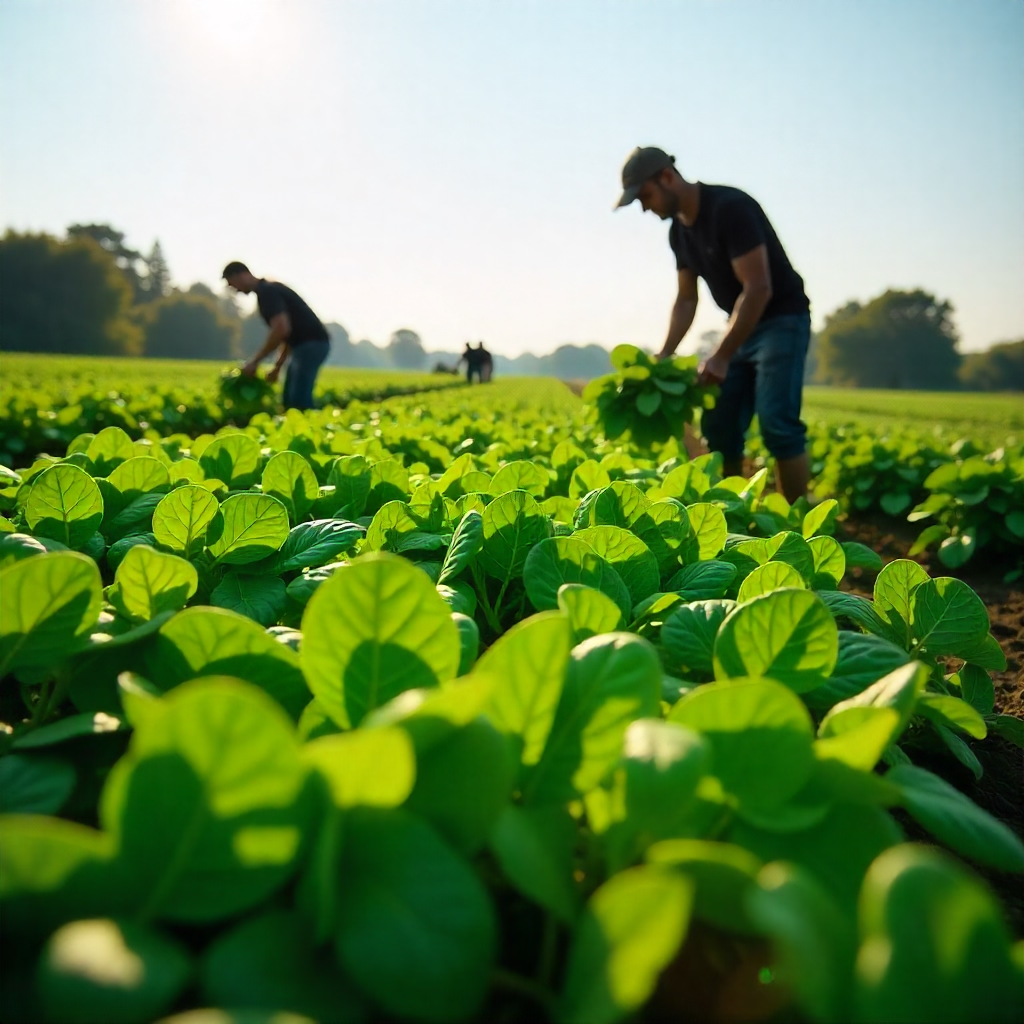
Spinach has been embraced across Africa as both a nutritious vegetable and an accessible crop that grows well in various climates, complementing indigenous leafy greens in local diets. In North Africa, particularly Egypt, spinach appears in traditional dishes like sabanekh, where it's cooked with garlic, coriander, and sometimes chickpeas, served as a warm salad or side dish. West African countries incorporate spinach into their traditional leafy green preparations, often cooking it with tomatoes, onions, peppers, and palm oil or peanut butter, creating nutritious stews served alongside fufu, rice, or yam. In East Africa, spinach is frequently grown in kitchen gardens and sold fresh in markets, where it's prepared similarly to indigenous greens—chopped and cooked with tomatoes and onions as an accompaniment to ugali or other starches. South Africa has integrated spinach into both traditional and modern cooking, using it in curries, stir-fries, and increasingly in fresh salads as Western eating habits influence urban areas. Ethiopian cuisine sometimes incorporates spinach into vegetable-based wats (stews) during fasting periods when meat is avoided. Throughout Africa, spinach is valued for its affordability, nutritional density, and ease of cultivation, with many families growing it in small plots or containers. African markets display fresh spinach bundles alongside traditional greens, and agricultural extension programs promote spinach cultivation for both household nutrition and income generation. The vegetable has become particularly important in addressing malnutrition, as it provides essential vitamins and minerals at low cost.
In-depth Analysis

Canada has fully embraced spinach as a nutritional powerhouse, with consumption steadily increasing as health consciousness grows across the country. Fresh spinach salads are extremely popular in Canadian restaurants and homes, often featuring baby spinach as the base for salads topped with ingredients like strawberries, walnuts, goat cheese, and balsamic vinaigrette—reflecting Canadian preferences for fresh, healthy eating. Canadian grocery stores offer abundant fresh spinach year-round, including organic options, pre-washed baby spinach, and mature bunched spinach, with domestic production during warmer months supplemented by imports. Spinach has become a staple ingredient in Canadian smoothie culture, with juice bars and home blenders across the country incorporating fresh or frozen spinach into green smoothies and protein shakes. Cooked spinach appears frequently in Canadian cuisine influenced by the country's diverse immigrant populations—Italian-Canadians prepare spinach with garlic and olive oil, South Asian Canadians make saag dishes, and Chinese-Canadians stir-fry spinach with garlic. The farm-to-table movement has strengthened in Canada, with local farmers' markets featuring fresh, locally grown spinach during spring, summer, and fall seasons, particularly in provinces like Ontario, Quebec, and British Columbia. Canadian health initiatives and nutrition education programs consistently highlight spinach as a superfood, encouraging increased consumption for brain health, heart health, and overall wellness. Frozen spinach is extremely popular for its convenience and year-round availability, particularly important during long Canadian winters when fresh local produce is limited. Urban gardening has grown across Canadian cities, with many residents growing spinach in containers, community gardens, or small backyard plots, appreciating its cold tolerance and quick maturation.
Key Highlights

Spinach has been successfully integrated into West African cuisine over recent decades, complementing the region's rich tradition of indigenous leafy greens like amaranth, jute leaves (ewedu), bitter leaf, and water leaf. Cultivated primarily by women farmers in urban and peri-urban gardens, spinach is sold fresh in bundles at local markets throughout countries like Nigeria, Ghana, Cameroon, and Senegal, with prices fluctuating seasonally. West African cooks prepare spinach using traditional methods that mirror indigenous leafy green preparations—thoroughly washing and chopping the leaves before cooking them with sautéed onions, tomatoes, and peppers (often scotch bonnet chilies), using palm oil, groundnut oil, or vegetable oil as the cooking fat. Many preparations incorporate protein sources such as dried fish, smoked fish, crayfish powder, or sometimes groundnut paste (peanut butter) to create rich, nutritious dishes that accompany staple foods like fufu, rice, yam, or plantain. In Nigeria, spinach is prepared similarly to traditional efo (leafy greens), often cooked with locust beans and palm oil, while Ghanaians incorporate it into dishes resembling kontomire (cocoyam leaves), sometimes adding garden eggs and creating palaver sauce. The vegetable has gained particular popularity among urban, educated, and health-conscious West Africans who recognize its nutritional benefits, though it generally remains more expensive than traditional indigenous greens, making it somewhat of a prestige vegetable in certain contexts. Agricultural extension programs across West Africa promote spinach cultivation for both nutrition improvement and income generation, recognizing its short growing cycle, high nutrient density, and market demand, particularly in cities where restaurants, hotels, and middle-class households actively seek fresh spinach for salads and cooked dishes that reflect both traditional and modern culinary influences.
Final Thoughts

In Rwanda, spinach has become an important vegetable crop, particularly valued for its nutritional benefits and adaptability to the country's highland climate and various growing seasons. Rwandan spinach cultivation occurs primarily in kitchen gardens, small family plots, and increasingly in commercial vegetable farms supplying urban markets, hotels, and restaurants, with women farmers managing much of the production. Fresh spinach appears in Kigali's markets and throughout rural trading centers, sold in bundles alongside traditional leafy greens, with prices remaining affordable and accessible to most households. Rwandan preparation methods typically involve chopping spinach and cooking it with tomatoes, onions, and sometimes garlic or peppers, creating a nutritious vegetable side dish that accompanies the staple foods of beans, rice, potatoes, or cassava. Some Rwandan cooks prepare spinach similarly to traditional isombe (cassava leaves), incorporating peanut paste or peanut butter to create a richer, more substantial dish that provides both vitamins and protein. Urban, educated Rwandans increasingly consume fresh spinach salads and add spinach to smoothies, reflecting growing health awareness and Western dietary influences, particularly in Kigali's restaurants, cafés, and middle-class households. The Rwandan government has promoted spinach cultivation through agricultural extension programs as part of broader nutrition improvement initiatives, recognizing that increasing consumption of nutrient-dense vegetables like spinach can combat malnutrition, particularly iron deficiency and anemia which affect many Rwandan women and children. Schools participating in nutrition programs sometimes include spinach in feeding programs, educating children about its health benefits while providing essential nutrients. Cooperatives and women's groups have organized around vegetable production including spinach, creating market linkages and improving household incomes while contributing to national food security and public health goals.


